What is an Analog Integrated Circuit?
Update Time: May 15, 2023 Readership: 3192
Contents
Introduction
An analog integrated circuit mainly refers to an integrated circuit in which analog circuits composed of capacitors, resistors, transistors, etc. are integrated to process analog signals. There are many analog integrated circuits, such as operational amplifiers, analog multipliers, phase-locked loops, power management chips, etc. The main constituent circuits of analog integrated circuits are: amplifiers, filters, feedback circuits, reference source circuits, switched capacitor circuits, etc. Analog integrated circuit design is mainly obtained through manual circuit debugging and simulation by experienced designers, and most of the corresponding digital integrated circuit design is automatically synthesized under the control of EDA software by using hardware description language.
In 1958, Jack Kilby realized a simple oscillator circuit with 5 components on germanium material, becoming the world's first integrated circuit. This invention opened the prelude to the information revolution of the 20th century and marked the arrival of the electronic age. With the increasing application of high-tech products represented by computer and communication technology in national defense technology, industrial production and daily life, the microelectronics industry represented by integrated circuits has also entered an unprecedented stage of development.
Integrated circuits (abbreviated as IC) can be divided into two categories: digital IC and analog IC according to their functions and structures. Digital ICs are used to generate, amplify, and process various digital signals (referring to signals that vary discretely in time and amplitude. For example, VCD, DVD playback audio signals and video signals) circuits. Analog IC is a circuit used to generate, amplify and process various analog signals (referring to signals whose amplitude changes continuously with time). It is one of the core technologies of microelectronics technology. It can collect, amplify, Compare, convert and modulate.
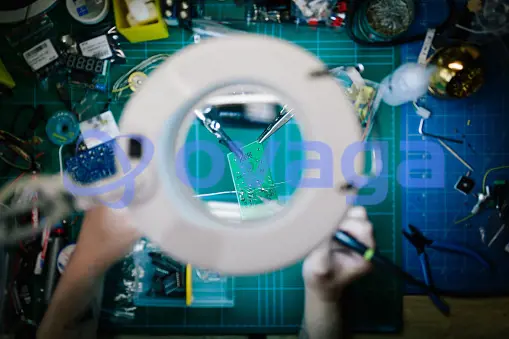
Principle
In information technology, digital integrated circuits are the protagonists, and their processing objects are information carried by digital signals, and digital signals take discrete values in terms of time and quantity. However, the changes in time and quantity of natural signals are continuous, such as wind sound, water flow, etc. Such signals are called analog signals. Correspondingly, circuits that process analog signals are called analog circuits, and circuits used to process analog signals Integrated circuits are called analog integrated circuits. Obviously, digital circuits cannot directly deal with nature. It is only for the convenience of processing or transmission. In order to make full use of the advantages of the digital system, the analog signal is first converted into a digital signal and input to a large-capacity, high-speed, strong anti-interference ability, and confidentiality. After being processed by a good modern digital system, it is converted back to an analog signal output.
The protagonist of the integrated circuit is the transistor, and the analog integrated circuit is no exception, but it uses the amplification function of the transistor, while the digital integrated circuit uses the switching function of the crystal. Most of the early analog integrated circuits used bipolar transistors. Due to the maturity of the CMOS process, the shortcomings of the slow speed of the early CMOS circuits were overcome, and it had the advantages of low power consumption and convenient process upgrades (CMOS proportional reduction). Today Analog integrated circuits and digital-analog hybrid integrated circuits (integration of digital circuits and analog circuits) are also commonly used in CMOS to design and implement.
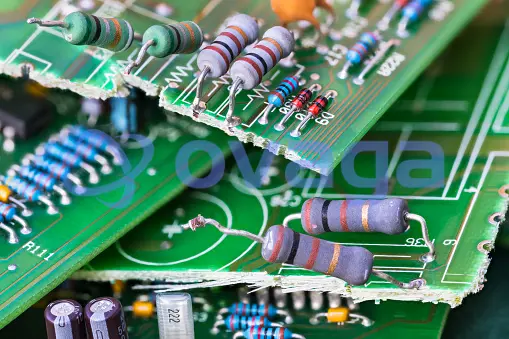
Application
The basic circuits of analog integrated circuits include current sources, single-stage amplifiers, filters, feedback circuits, current mirror circuits, etc. The higher-level basic circuits composed of them are operational amplifiers and comparators, and the higher-level circuits have switches. Capacitive circuit, PLL, ADC/DAC, etc. According to the response relationship between the output and input signals, analog integrated circuits can be divided into two categories: linear integrated circuits and nonlinear integrated circuits. The response between the output of the former and the input signal is usually linear, and the shape of the output signal is similar to the input signal, but it is amplified and amplified by a fixed coefficient. The response of the output signal of the nonlinear integrated circuit to the input signal presents a nonlinear relationship, such as a square relationship, a logarithmic relationship, etc., so it is called a nonlinear circuit. Common nonlinear circuits include oscillators, timers, and phase-locked loop circuits. The typical application of analog integrated circuits is shown in the figure below. The external natural signals collected by various sensors or antennas such as temperature, humidity, optics, piezoelectricity, and acoustic electricity are input. After preprocessing by analog circuits, they are converted into appropriate digital signals and input to In the digital system; the signal processed by the digital system is post-processed by the analog circuit, and converted into an analog signal such as sound, image, and radio wave for output.
As shown below.
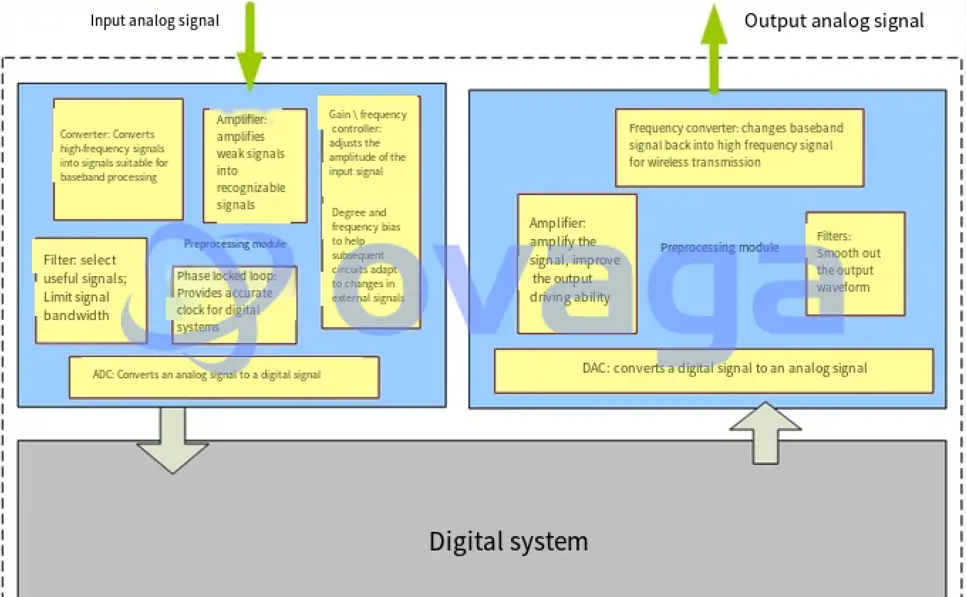
Compared with the method of automatic design of digital integrated circuits using EDA tool software based on the standard cell library, analog circuits retain the method of manual design. Of course, there are also a large number of circuit drawing and simulation software tools, and some mature circuit units can be used, but To design a good analog integrated circuit, more depends on the designer's experience. Because there are more factors to be considered in analog circuits, in addition to the speed, power consumption and area concerned by digital integrated circuits, performance indicators such as gain and accuracy need to be considered, and noise, crosstalk, temperature, device nonlinearity, etc. Influence.
Current Situation
The use of analog ICs has always been dominated by consumer electronics products, and has maintained steady growth in recent years. According to Databeans Company's research report on the analog IC market, the compound growth rate of the global analog market from 2003 to 2009 was 12%. This figure is higher than the growth rate of other products. This also indicates that the high-performance analog market has great potential for development in the future. In the market statistics of the US Semiconductor Industry Association (SIA), there are also data showing that in the next 2 to 3 years, the development of the analog market will rapidly surpass that of the digital market. Analog devices will become the mainstream of analog integrated circuit applications in the era of market and product digitization.
Analog ICs are mainly used in electronic systems to perform reception, mixing, amplification, comparison, multiplication and division operations, logarithmic operations, analog-to-digital conversion, sample-hold, modulation-demodulation, step-up, step-down, Voltage stabilization and other functions. Circuit forms include data converters (such as A/D converters, D/A converters, etc.), operational amplifiers, amplifiers, broadband amplifiers, etc.), non-linear amplifiers (analog multipliers, log/anti-log amplifiers, etc.), multiple Analog switches, (linear voltage regulators, switching power supply controllers, etc.), intelligent power ICs. In the process of its design and process technology development, analog IC has formed a design idea and process system with its own characteristics; it satisfies the needs of information technology to the greatest extent in terms of technological development level and product category; its application has penetrated into various fields , in modern military and civilian electronic systems, simulation plays an important role; in various informational occasions, high-performance analog ICs are inseparable, and the performance level of analog ICs often determines the level of electronic products or systems.
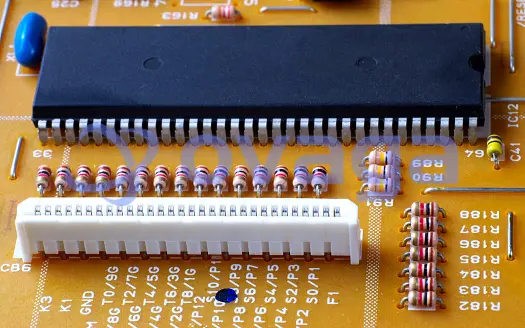
In terms of devices, due to the wide variety of application requirements for analog ICs, in terms of devices, we have not only developed more than ten categories of analog IC products, but also have hundreds or thousands of analog products of various types, with all kinds of products and performance levels. , to meet the different needs of the application.
Among them, the data converter is an analog and digital mixed signal processing circuit, and its analog circuit part accounts for more than 50% of the chip area. As early as 1986, Professor Gray in the United States proposed to use the so-called "egg model" to vividly represent the relationship between digital ICs, analog ICs, analog/digital conversion (A/D) circuits, and digital/analog conversion (D/A) circuits. relation. He compared the digital IC to the egg yolk, the analog IC to the eggshell, and the A/D and D/A conversion circuits naturally became the egg whites connecting the two.
It can be seen that the three are an organic whole. Non-physical signals in the real world can be converted into digital signal processing through analog circuits and A/D conversion circuits, and then converted into analog signals that we can perceive by D/A conversion circuits and analog circuits. Signal. In terms of data converters, the 8-14-bit 1-80 MHz high-speed A/D technology is very mature, and the products are sufficient, and A/D converter products with 16 bits or more and 30 MHz or more can also be seen.
At the same time, in the A/D converter, there are not only analog ICs integrating multiple functions, such as multiplexers, instrument amplifiers, acquisition/protection amplifiers and other A/D converter subsystems, but also other analog ICs and Various digital circuits such as DSP, memory, CPU, I/O, etc. are integrated together. American Analog Devices released the industry's first 16-bit four-digital-to-analog converter (DAC) in a 3 mm × 3 mm 10-pin LFCSP (Lead Frame Chip Scale Package) ultra-small package in 2006, thus meeting the requirements of industrial and communication The need for ever-reducing design sizes – this technology development will save up to 70% or more in printed circuit board area.
In RF amplifiers, SiGe bipolar technology is being used to meet the high performance requirements of the application. Amplifiers are being used in various handheld communication devices requiring low power consumption. ADI (American Analog Devices Corporation) high-performance amplifier series (such as AD8350 operating frequency reaches 1 200MHz, noise figure is 6.1dB at 250MHz, has a high dynamic range, good linearity and common mode rejection), can It is effectively used in communication transceivers, general gain amplification systems, A/D buffers, high-speed data interface drivers, etc. ADI has released the first AD8352, which can effectively drive high-speed analog-to-digital converters (ADCs) in wireless infrastructure systems and achieve ultra-low distortion performance.

AD8352, as the newest member of ADI's extended category series, is suitable for driving 12-bit to 16-bit ADCs used in the next-generation 3G and 4G cellular and broadband WiMAX wireless infrastructure equipment under the highest practical intermediate frequency (IF) conditions, and drives high-speed ADCs up to 380MHz, exceeding similar The 100MHz that the differential amplifier can reach has the ability to maintain superior performance.
In terms of voltage regulators, AD6121, a receiver IF subsystem launched by AD I, integrates a voltage regulator. It is an IF amplifier with a wide dynamic range and is specially designed for CDMA (Code Division Multiple Access) system applications. It can Suitable for 2. 9V ~ 4. 2V battery power supply. The voltage regulator series launched by Motorola has low switching current, low noise, and extremely small quiescent current. It can be adjusted within the rated voltage of the battery power supply down to 0.2V. It is very suitable for battery-powered systems such as cellular phones, cordless phones and long-term use. lifetime battery powered RF control system applications.
The root cause of today's endless stream of electronic products, competing for novelty and beauty, is not so much the rapid improvement of digital computing technology as the result of the innovation of analog technology. Compactness, power saving, entertainment, and convenience. It is analog technology that can meet these requirements of consumers. Therefore, analog technology has created electronic products with different characteristics and grades, and it has also continuously created new demands for the entire electronics industry. Therefore, only analog technology can make electronic products have a unique personality and highlight their own characteristics.

Classification
Analog integrated circuit products fall into three categories:
- General-purpose circuits, such as operational amplifiers, multipliers, phase-locked loops, active filters, and digital-to-analog and analog-to-digital conversions;
- Special-purpose circuits, such as dedicated integrated circuits for audio systems, television receivers, video recorders, and communication systems;
- Single-chip integrated systems, such as single-chip transmitters, single-chip receivers, etc.
Extended Reading
 FAQ
FAQ
-
Are there any limitations or challenges associated with analog integrated circuits?
Analog ICs can be sensitive to noise and require careful layout and shielding to maintain signal integrity. Additionally, they may face challenges with manufacturing process variations, temperature drift, and limited scalability compared to digital integrated circuits.
-
What are the key considerations when designing with analog integrated circuits?
Designers must consider factors like noise, distortion, bandwidth, power supply requirements, and temperature stability. They need to ensure proper grounding, signal integrity, and carefully address issues related to analog-to-digital and digital-to-analog conversions.
-
What are the advantages of using analog integrated circuits?
Analog ICs offer benefits like improved performance, reduced size and weight, lower power consumption, and enhanced reliability compared to discrete analog components. They also enable easier design and implementation of complex analog functionalities.
Popular Blogs
-
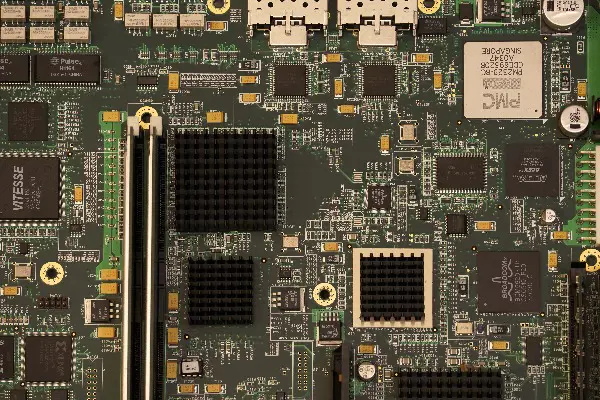
What is Integrated C...
IC design, short for integrated circuit design, ...
-

Types and Applicatio...
As the world continues to search for sustainable...
-
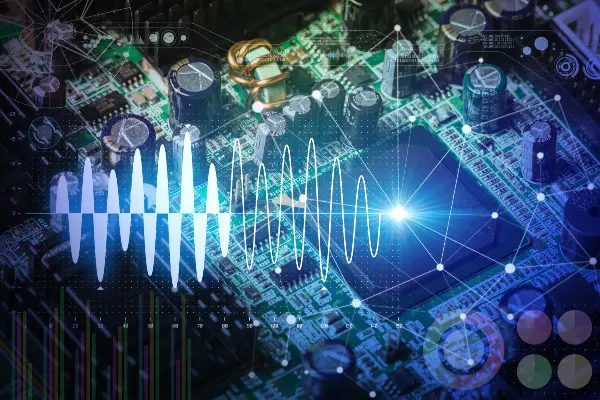
What is an Analog In...
An analog integrated circuit mainly refers to an...
-

What Can ChatGPT Bri...
ChatGPT's popularity continues, and although it ...
Hot Products
-
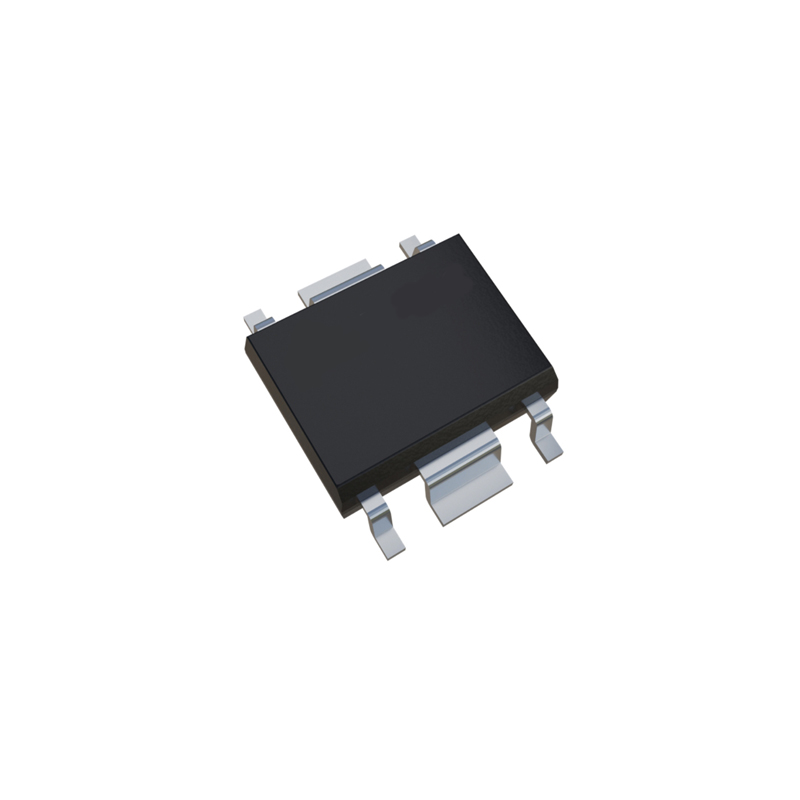
-
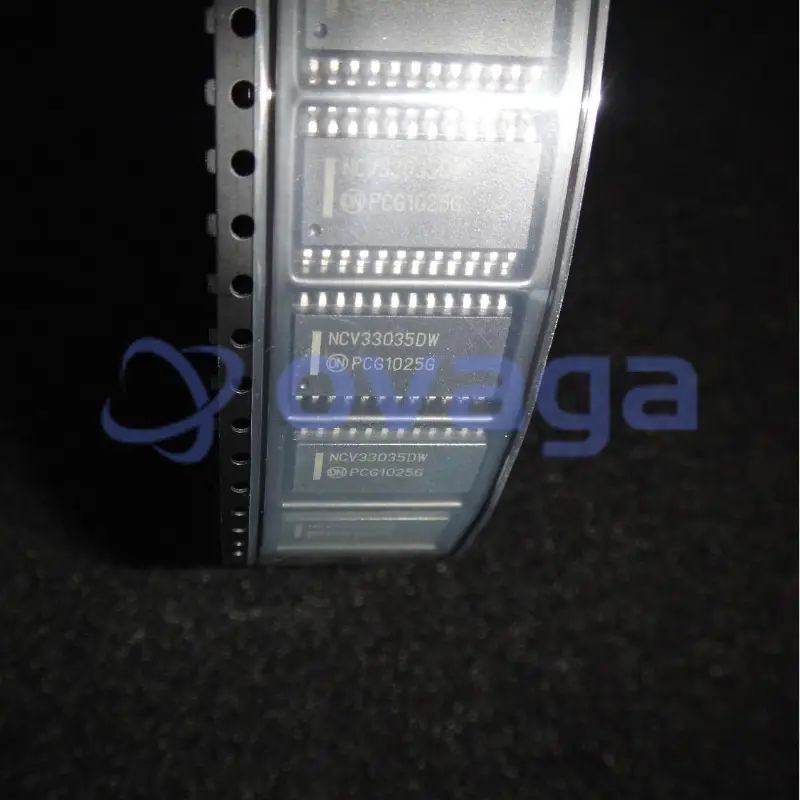
-
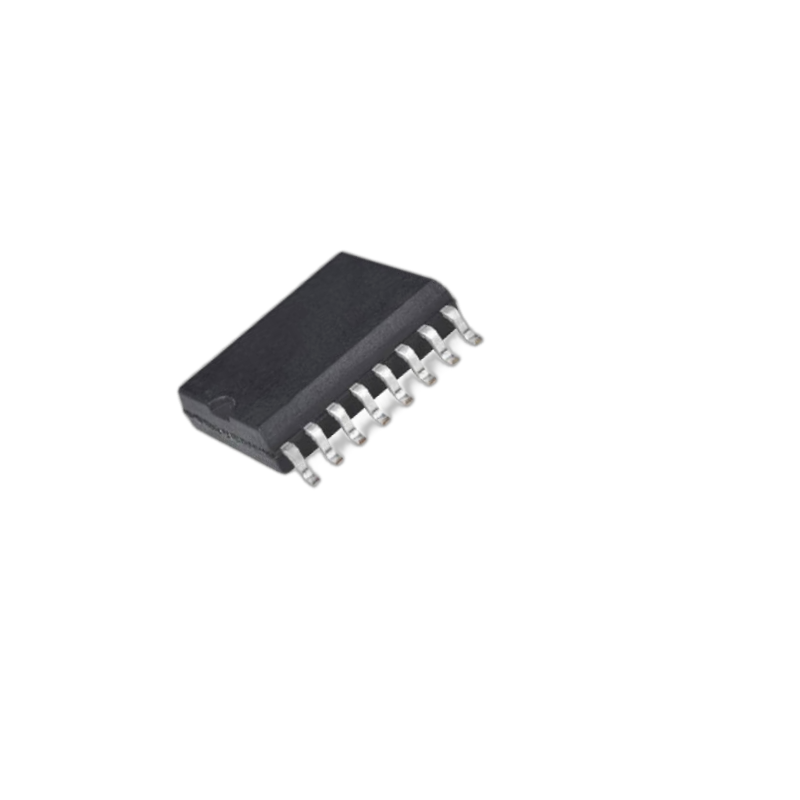
Infineon Technologies Corporation
INFINEON - IFX9201SGAUMA1 - MOTOR CONTROLLER, HALF...
-
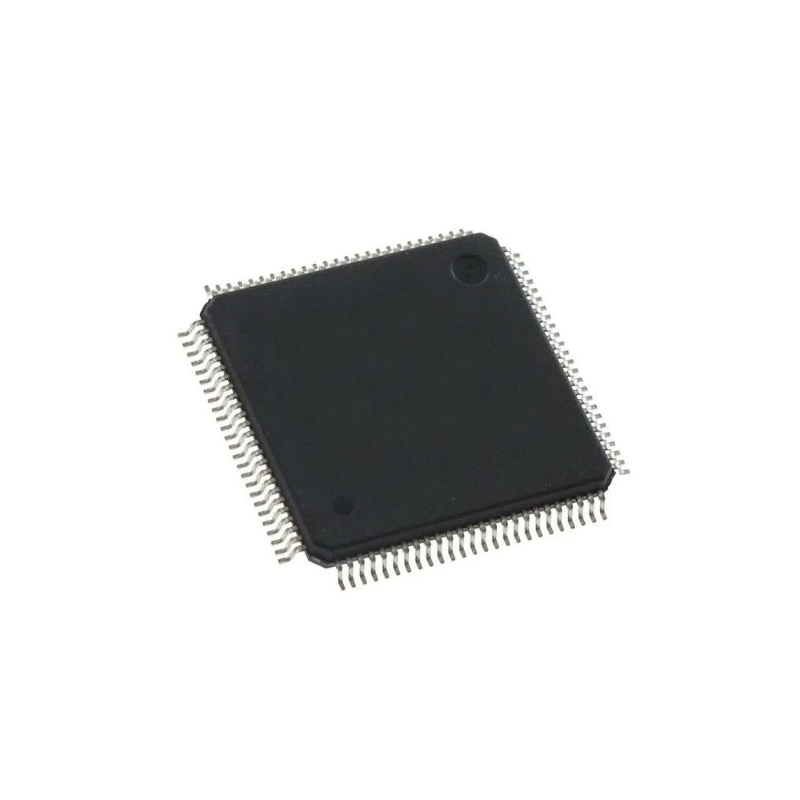
Infineon Technologies Corporation
solar inverters as well as SMPS and uninterruptibl...
-
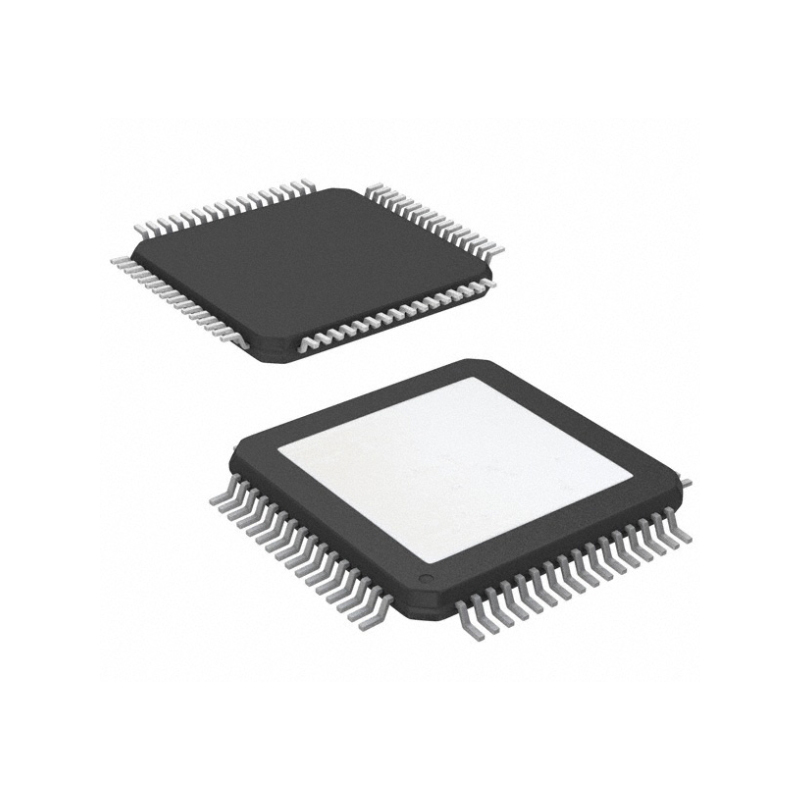
Microchip Technology, Inc
32-bit Microcontrollers - MCU PIC32MK, 1MB Flash, ...
-
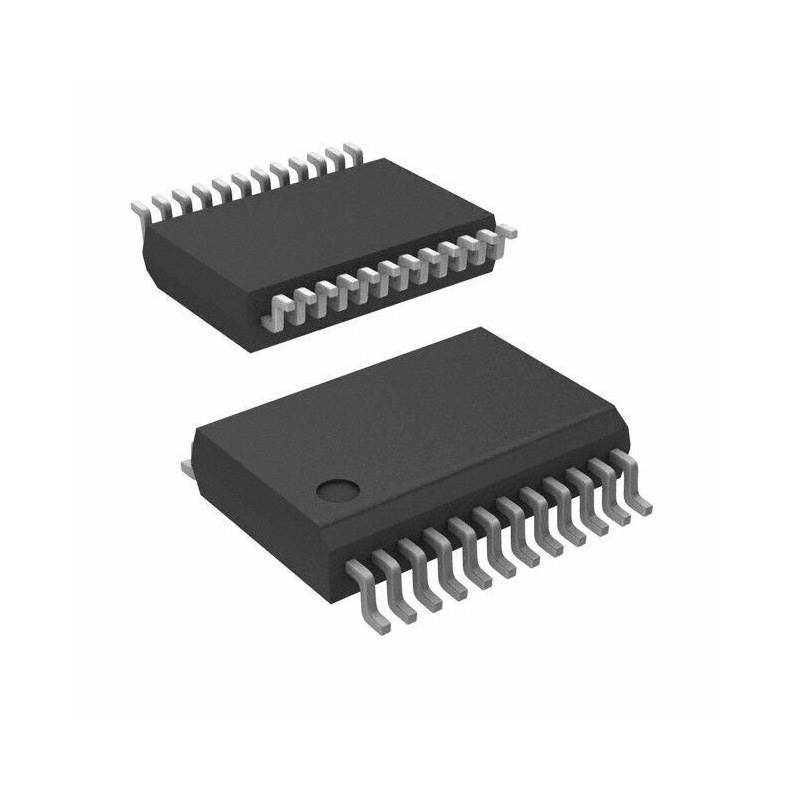
-
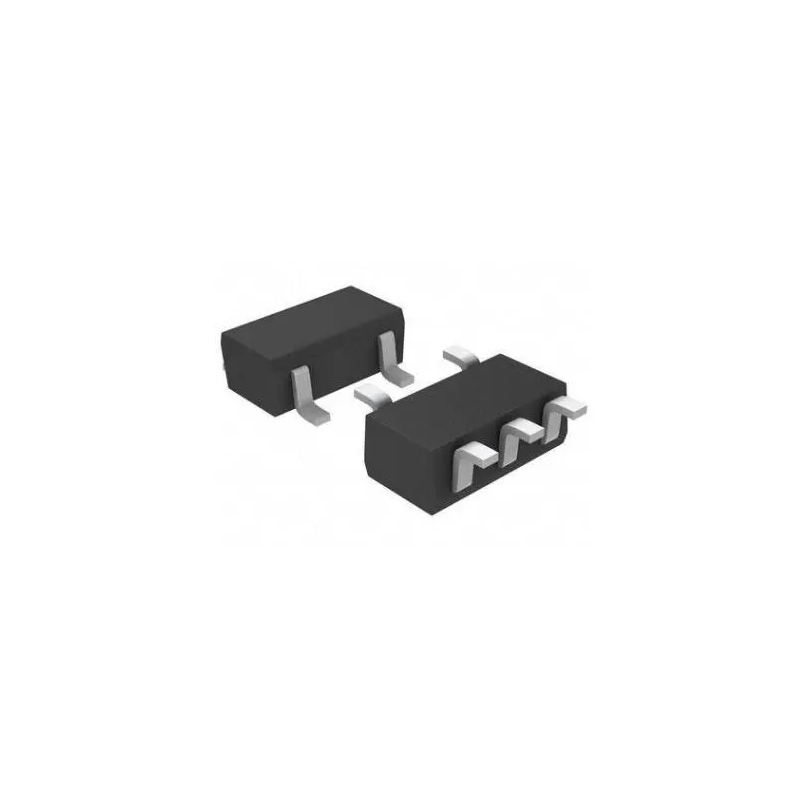
-
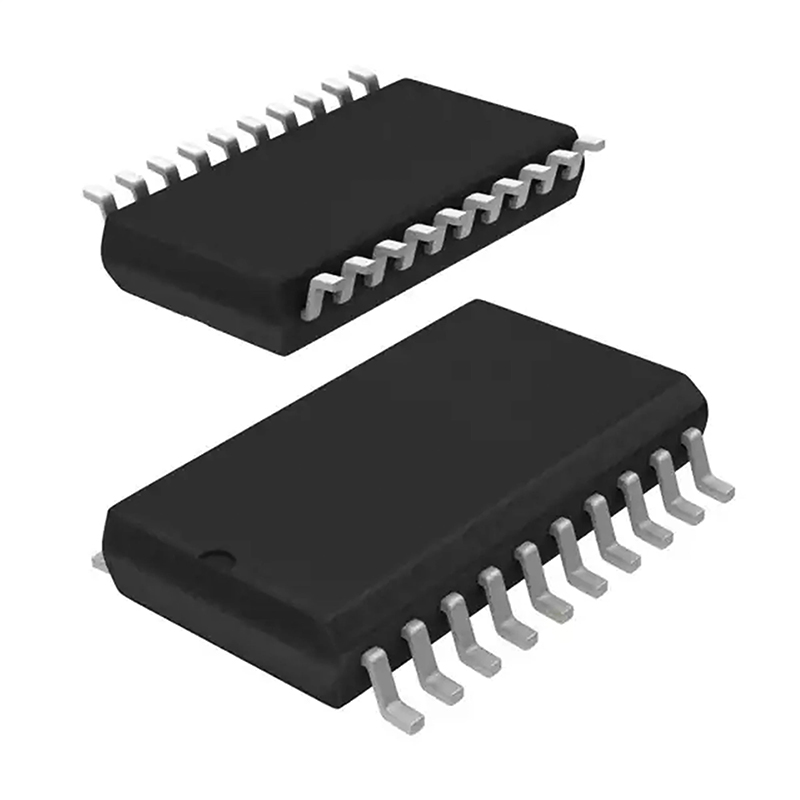
-
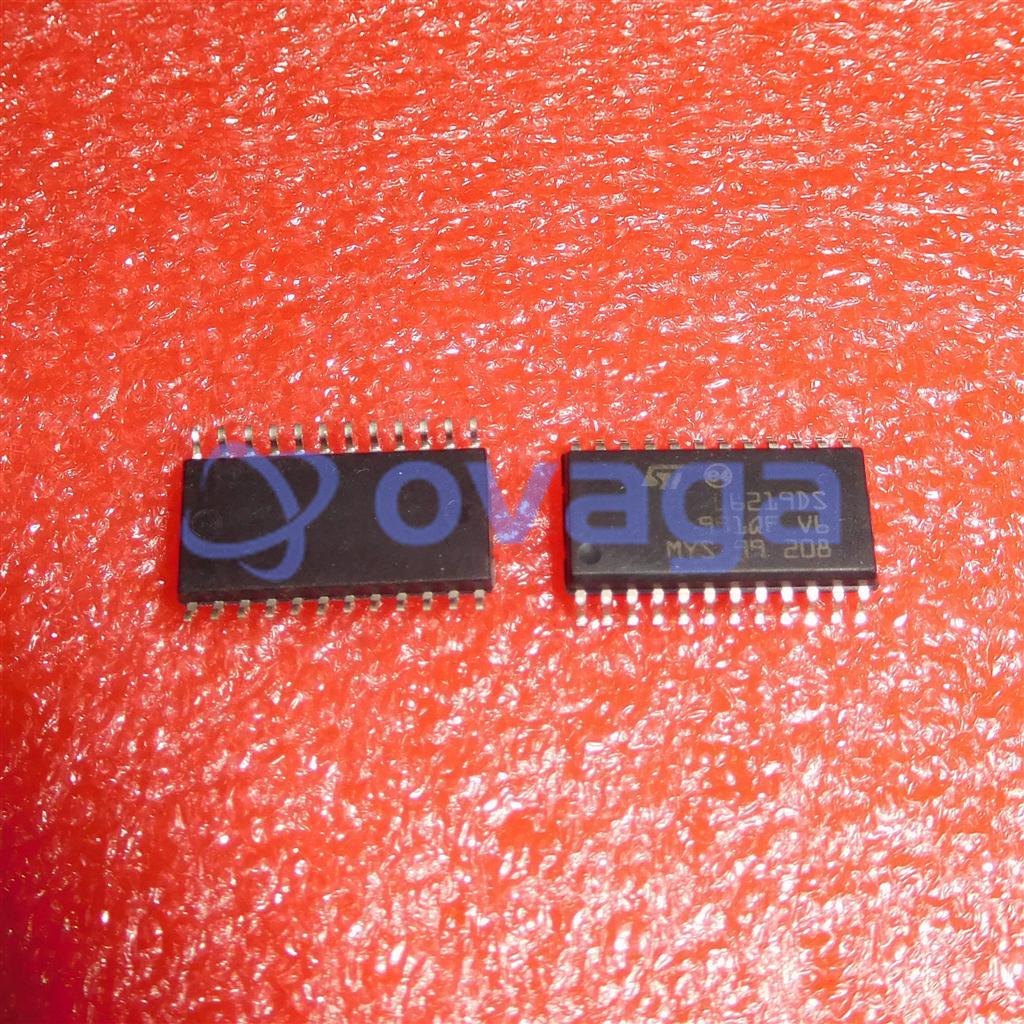
-

-
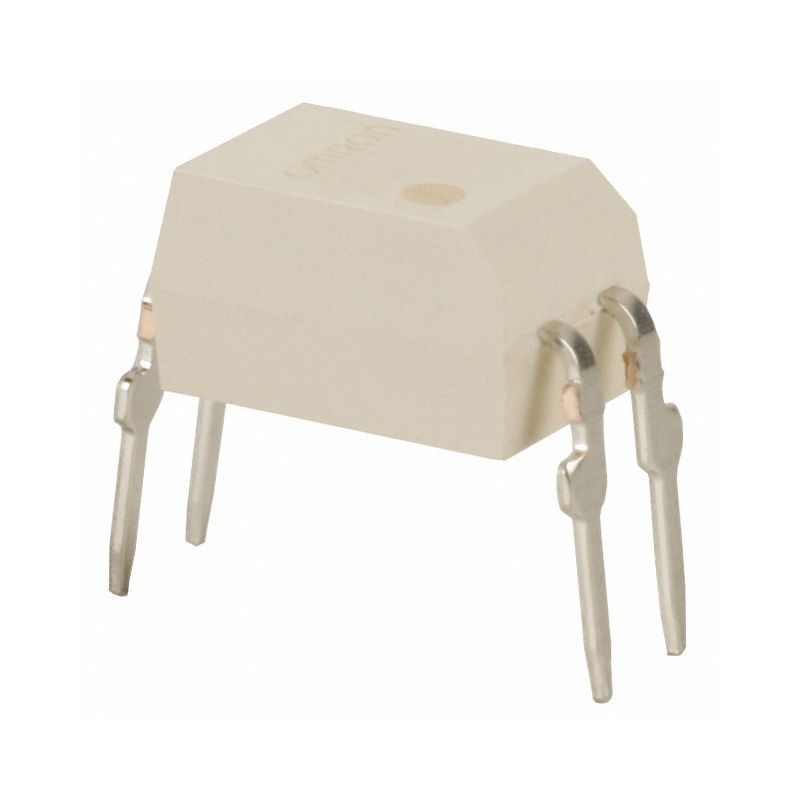
-
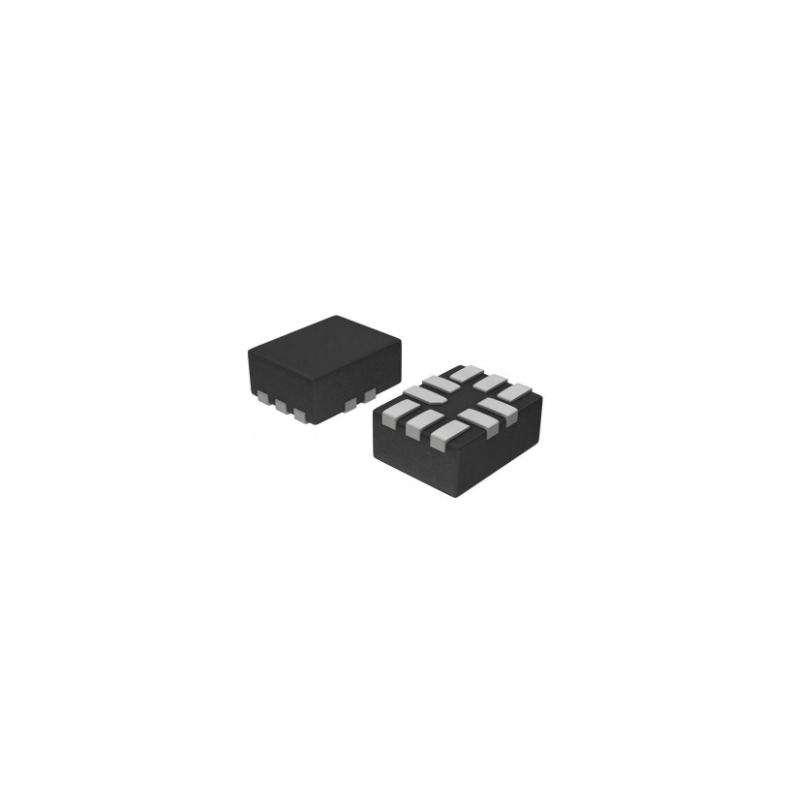
-
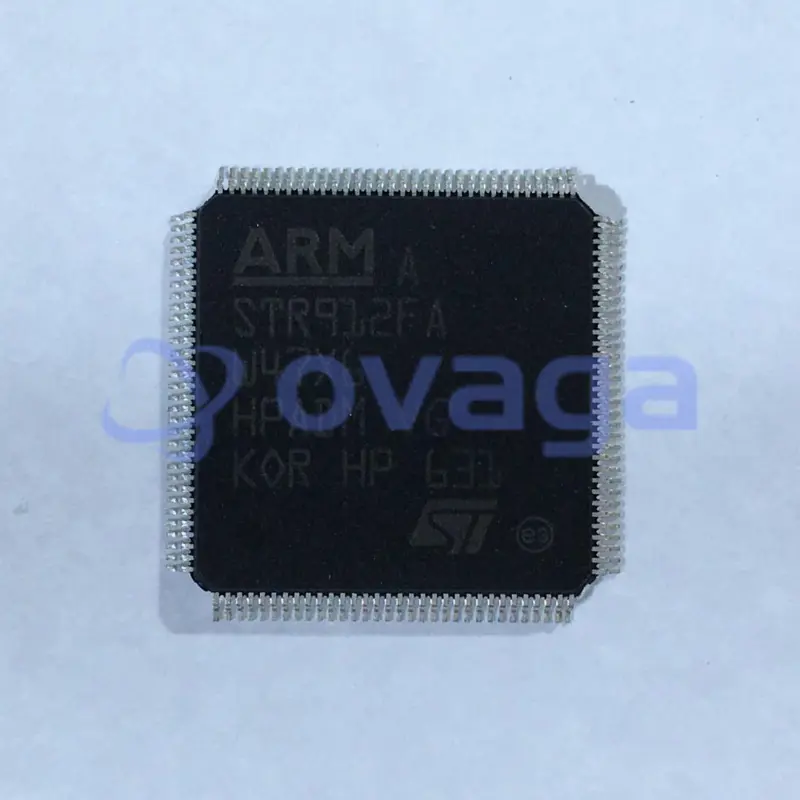
-
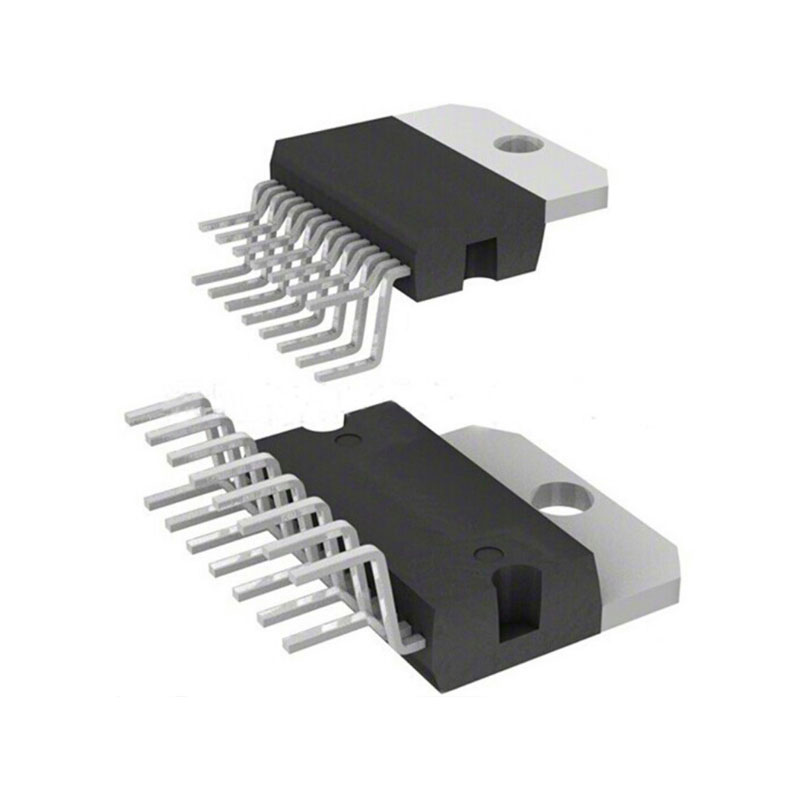
-

-
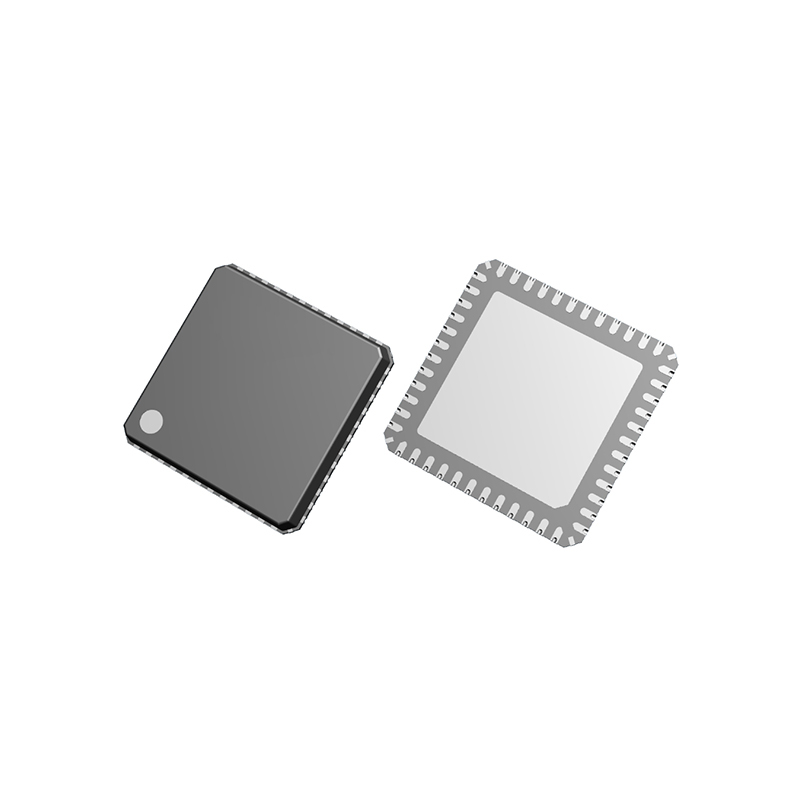
-
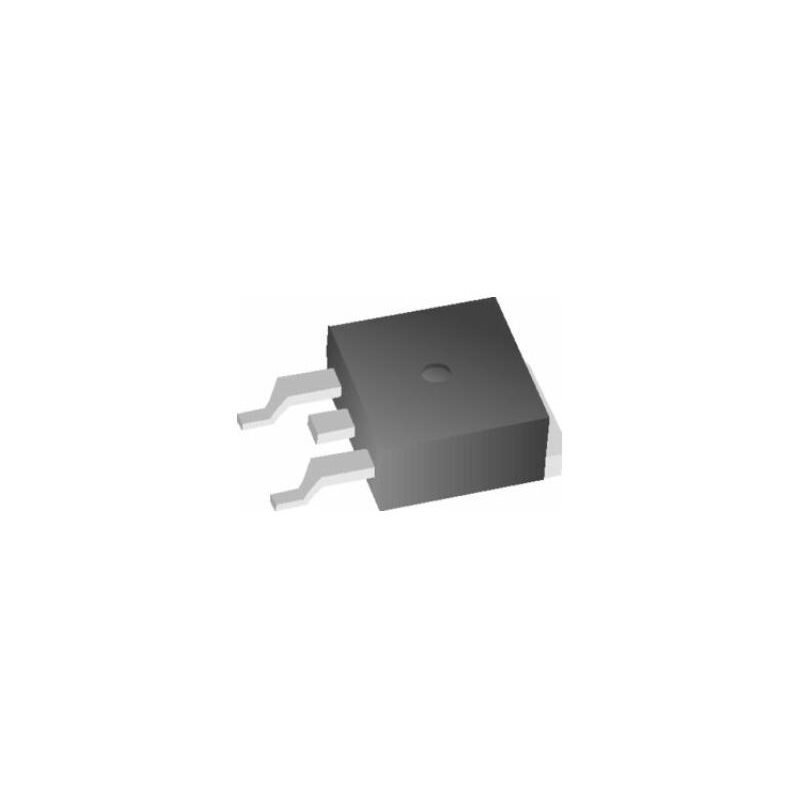
-
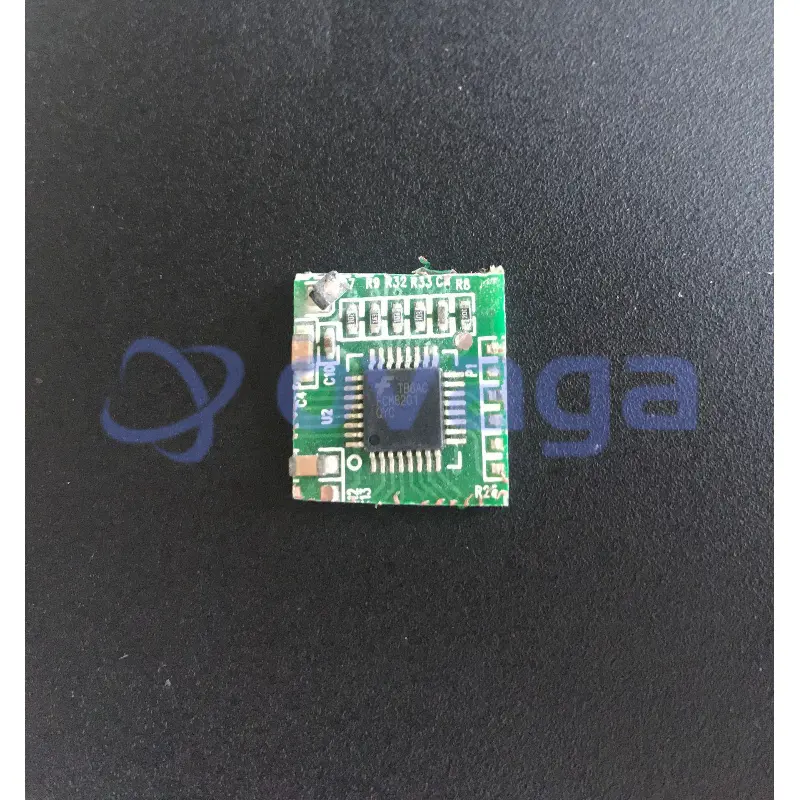
-
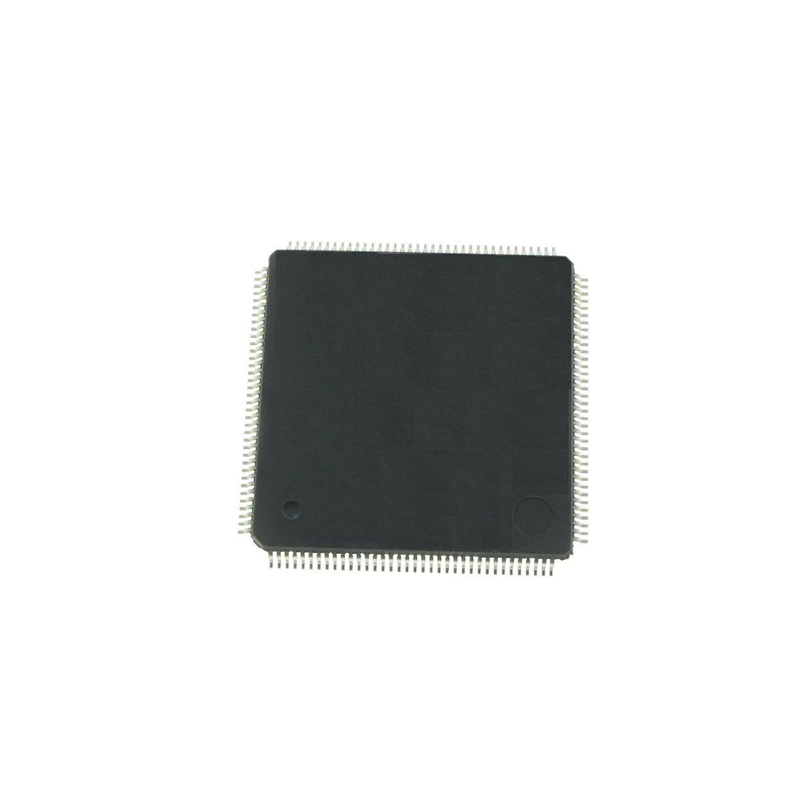
Infineon Technologies Corporation
EV charging: Off-board charging, where users can ...
-
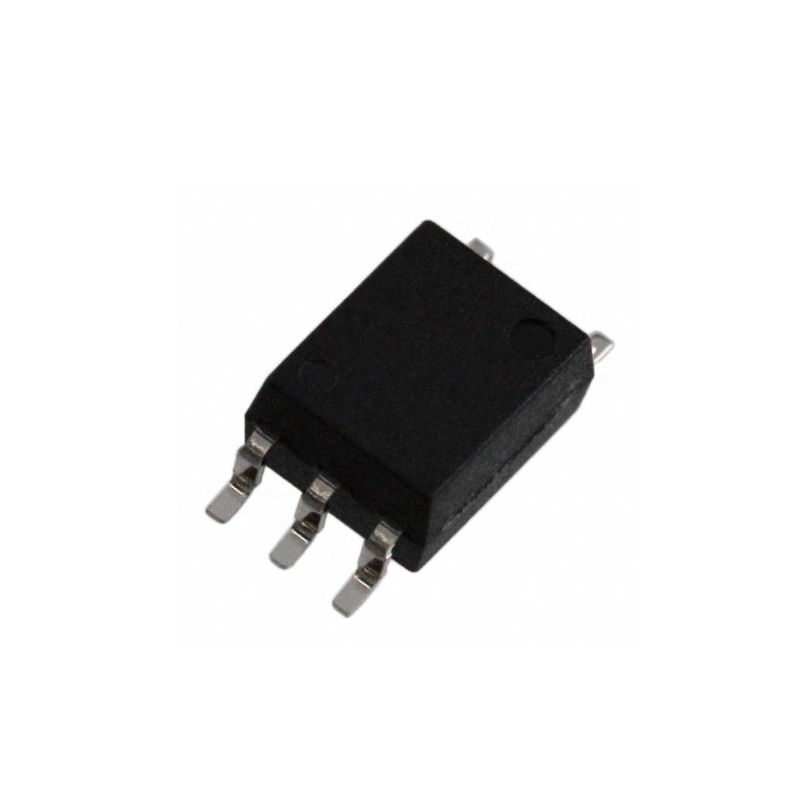
-
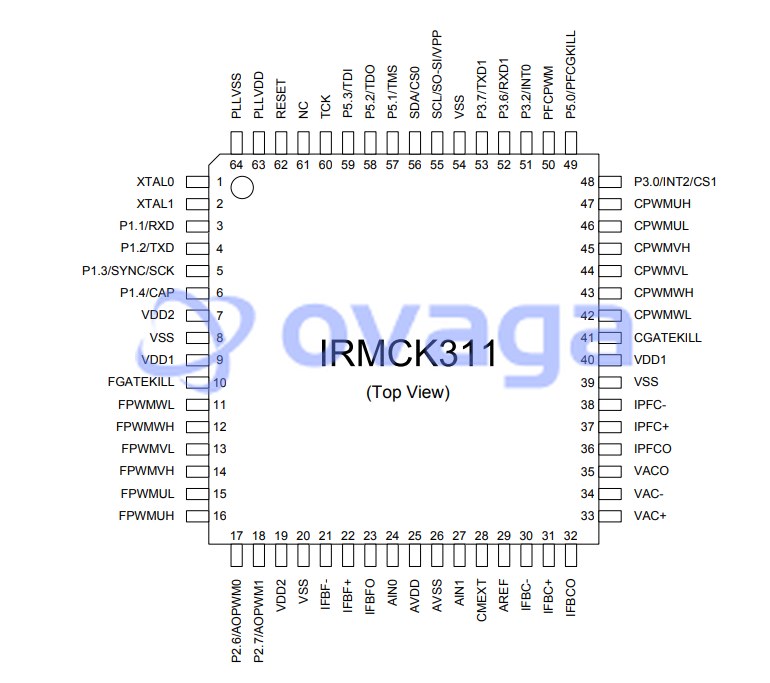
-
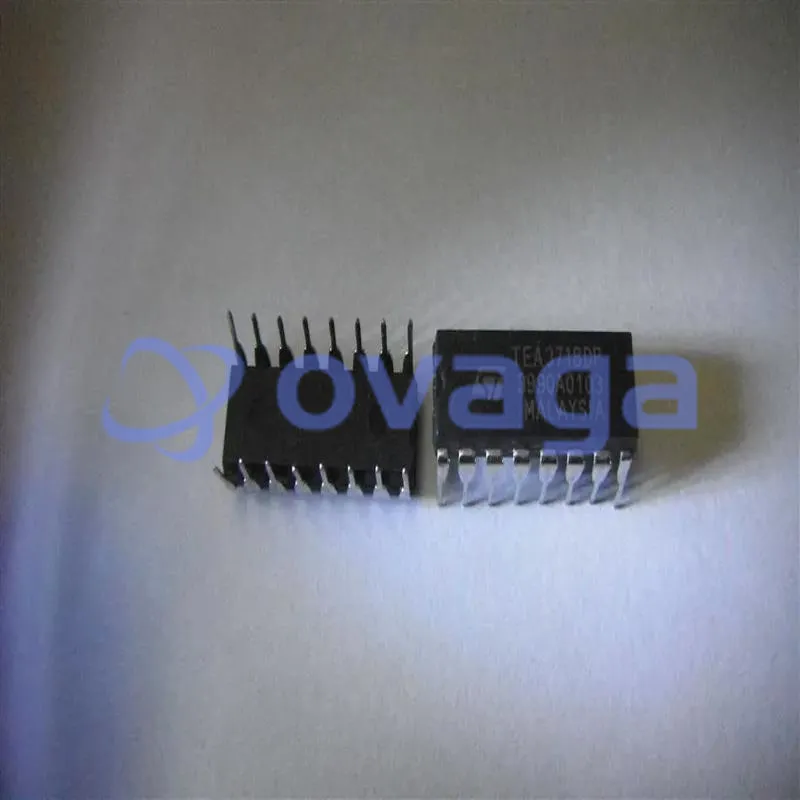
-
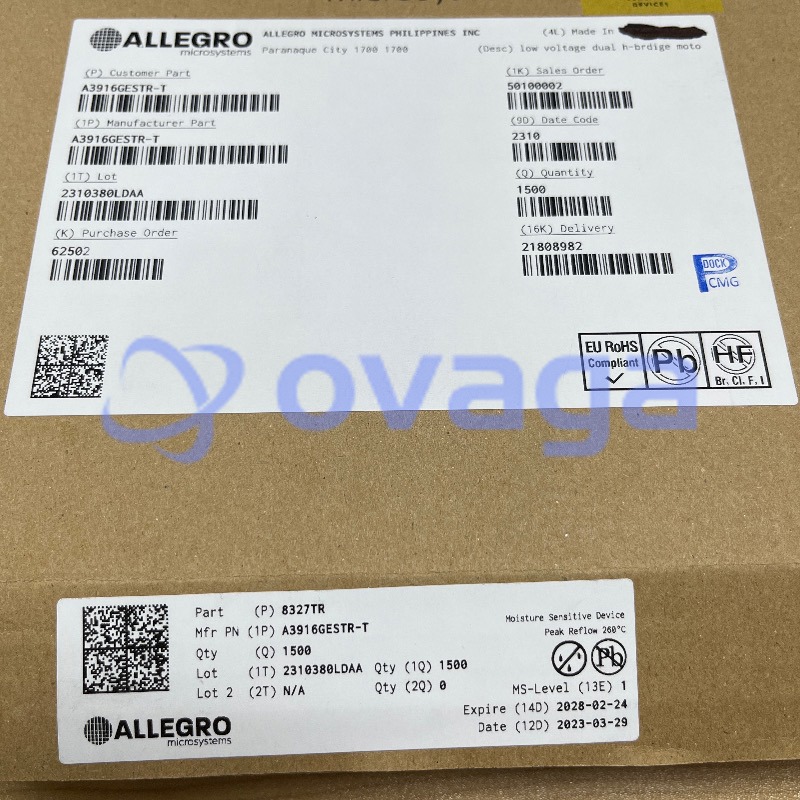
-
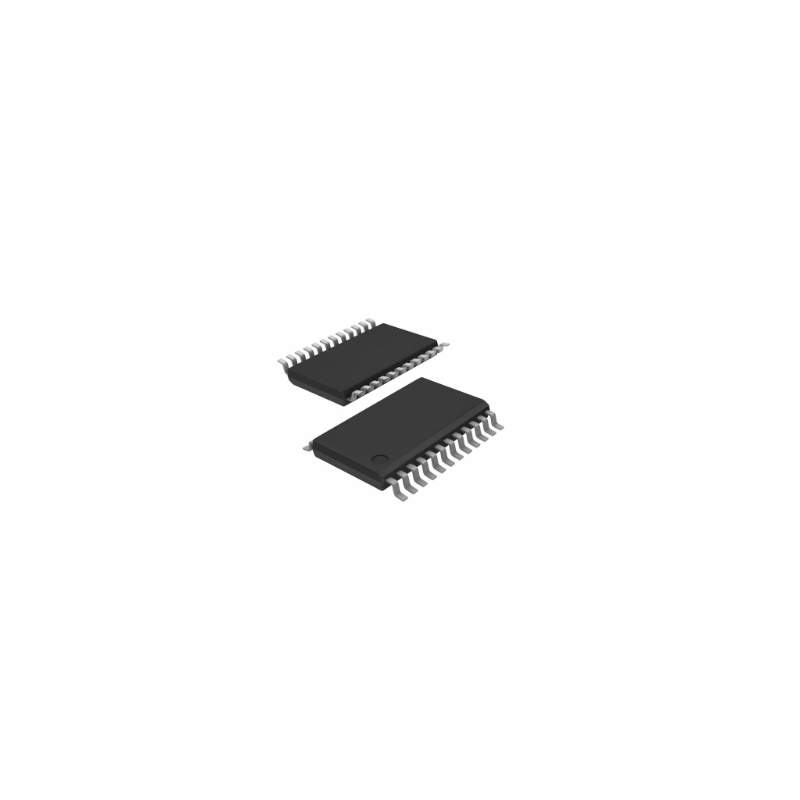
-
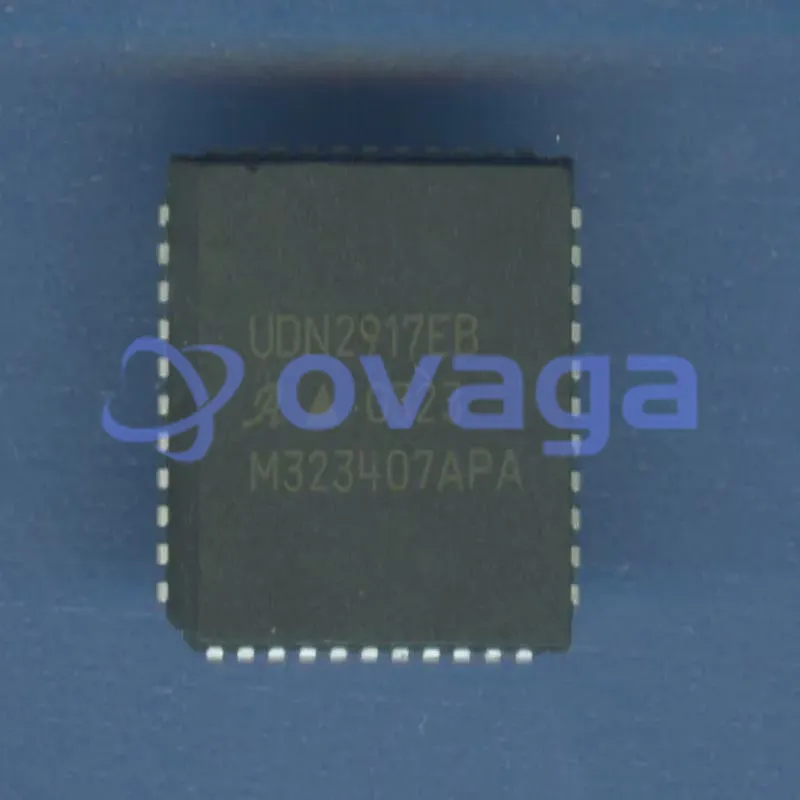
-

-

-
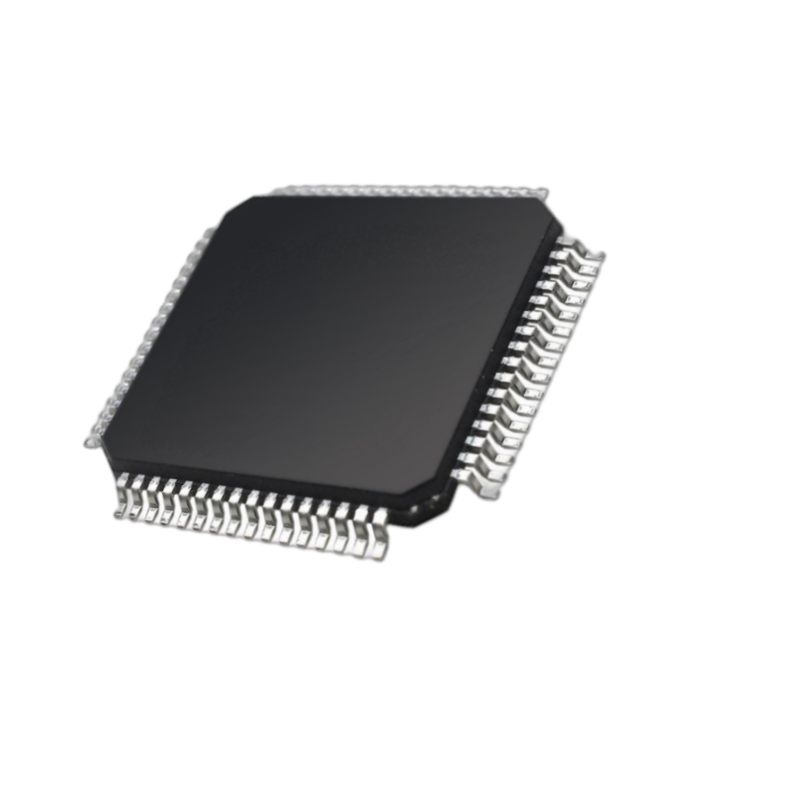
-
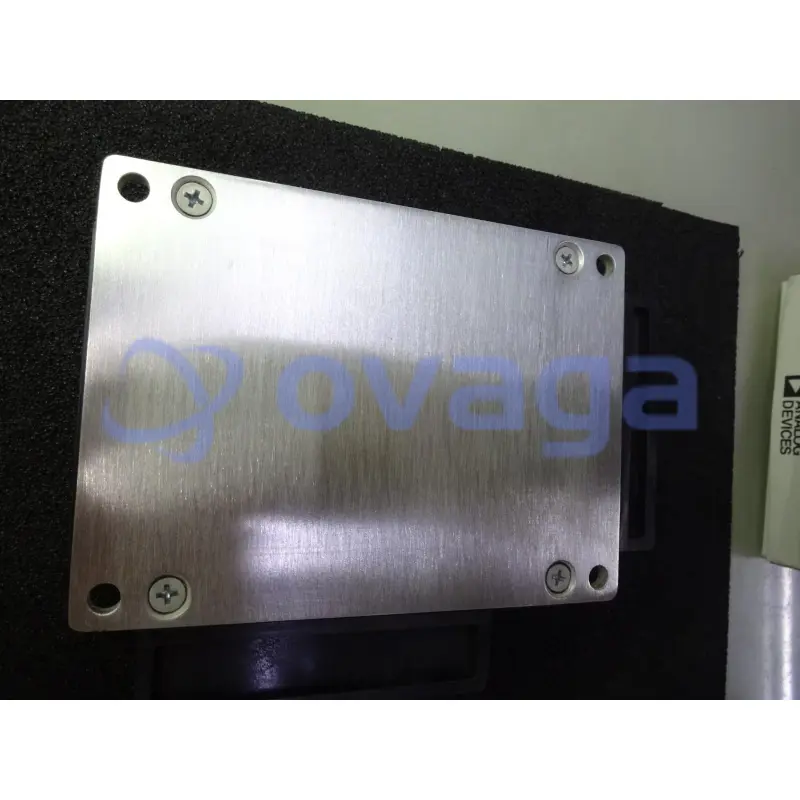
-
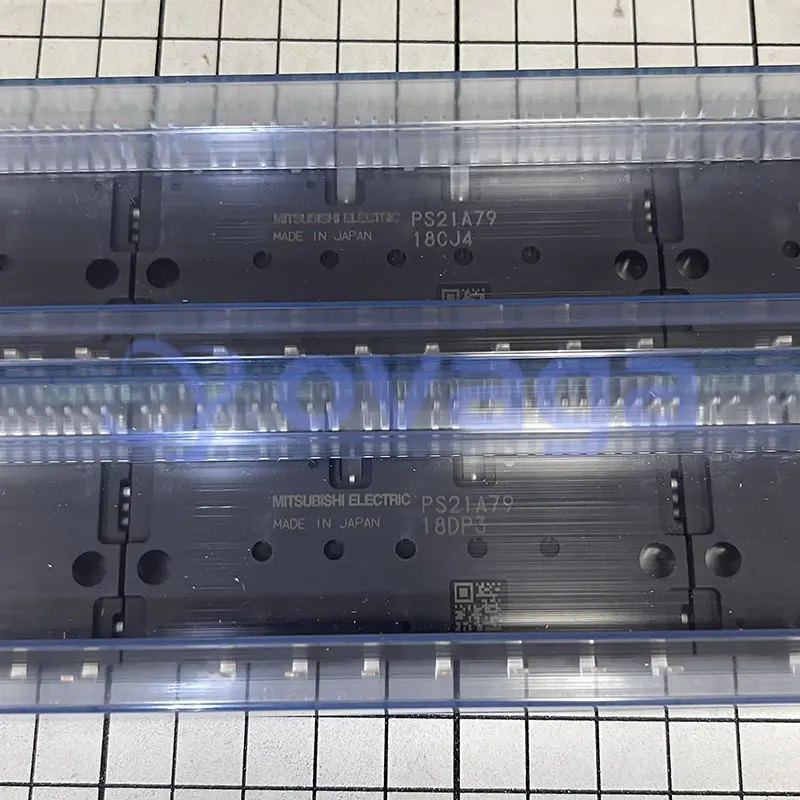
-

-
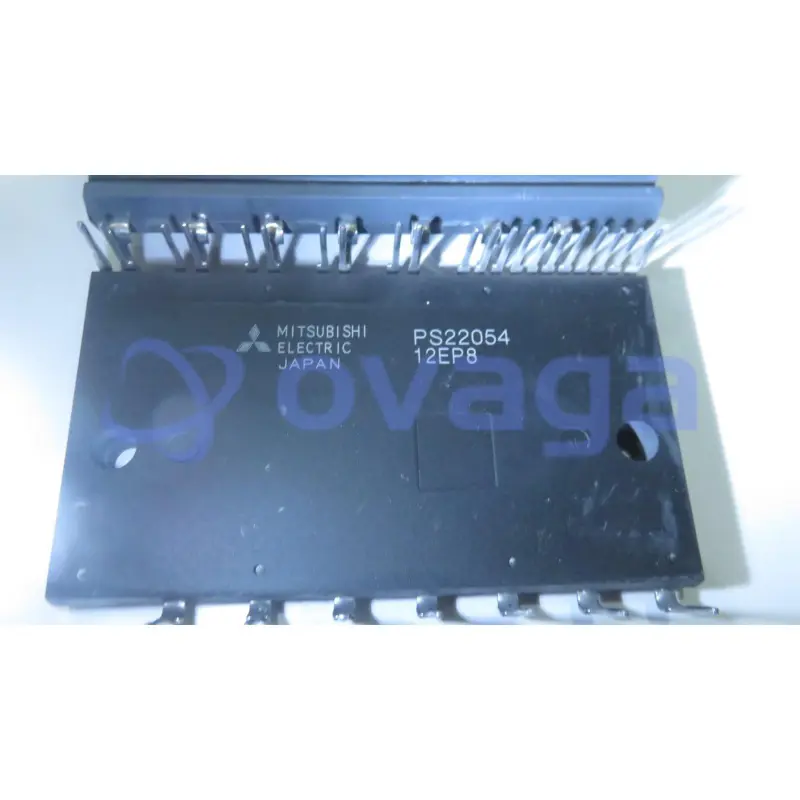
-

-

-
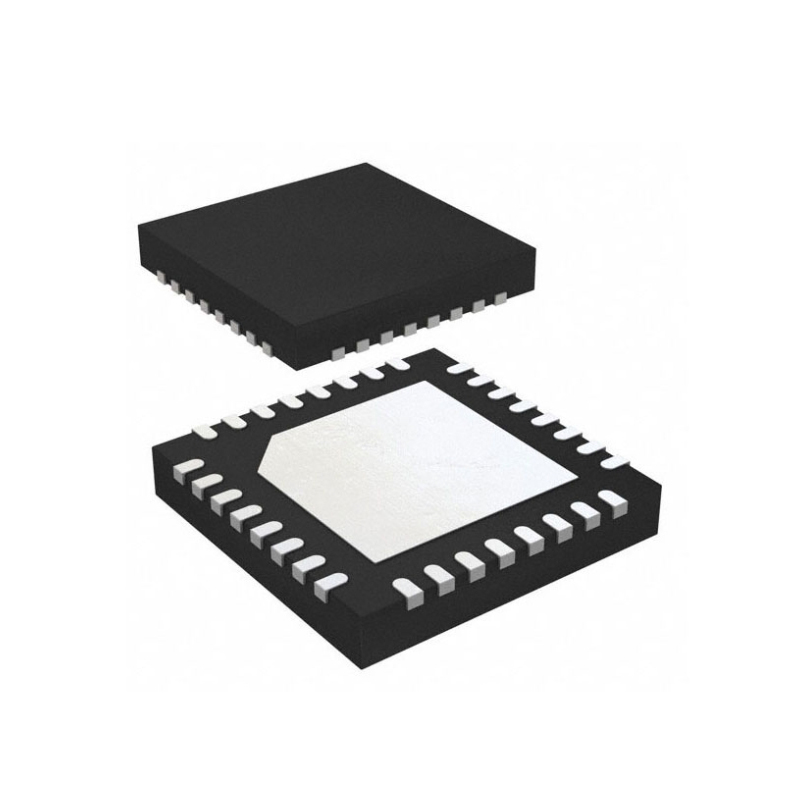
-
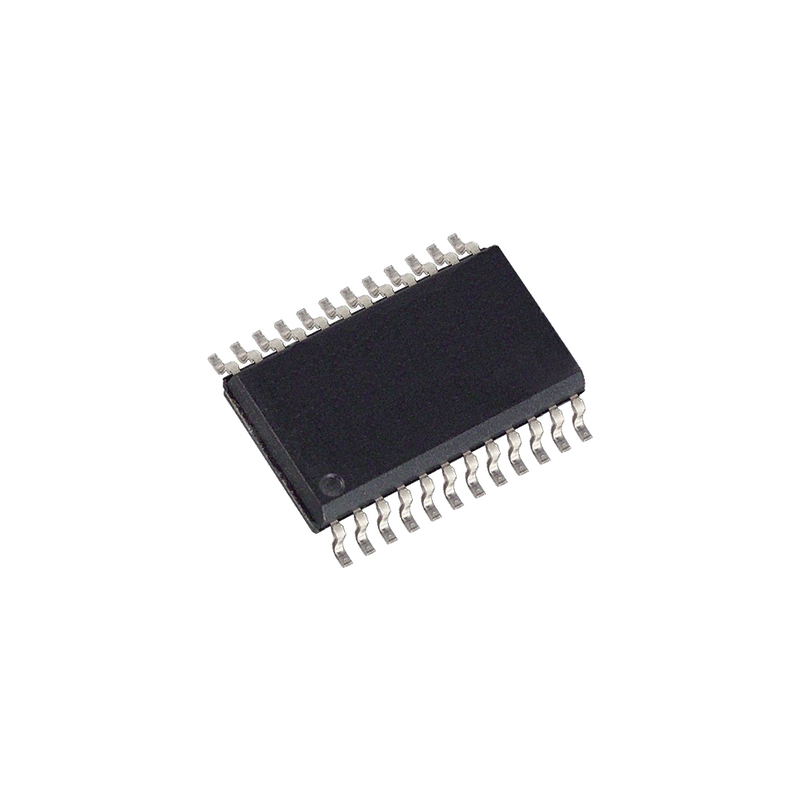
-
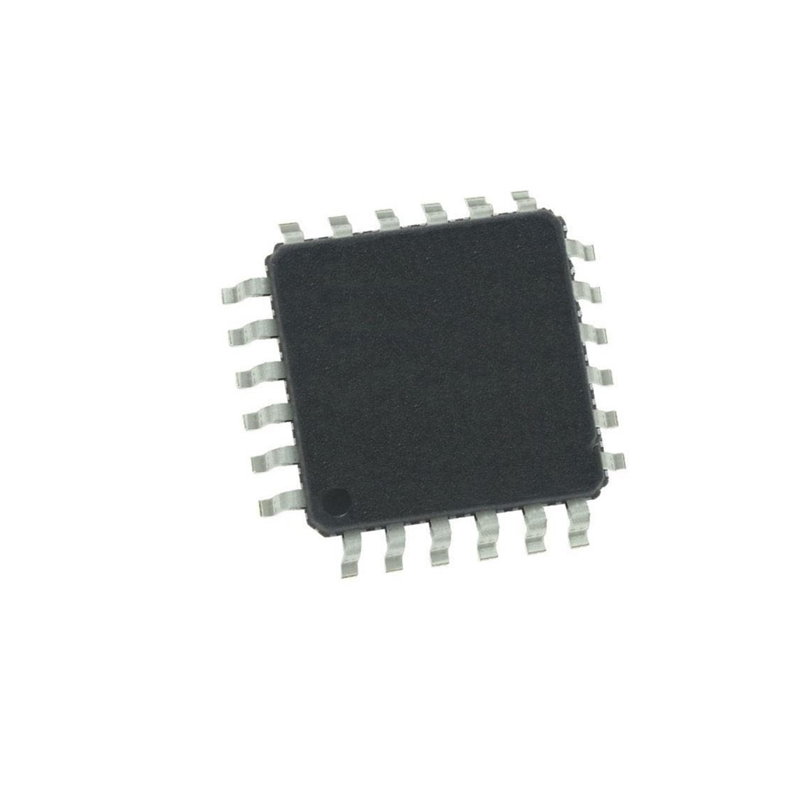
-
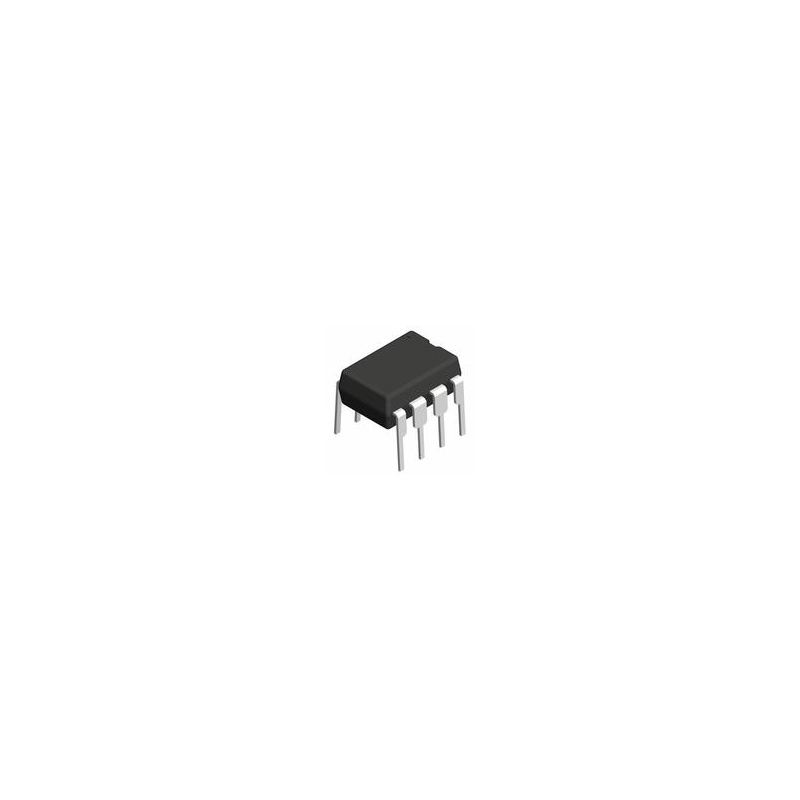
-
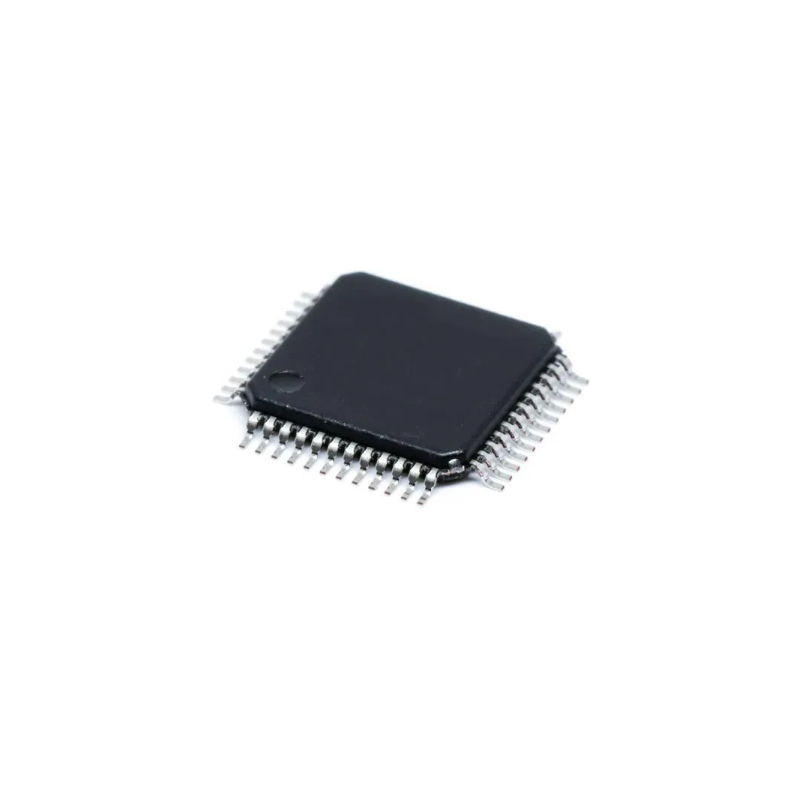
-

-
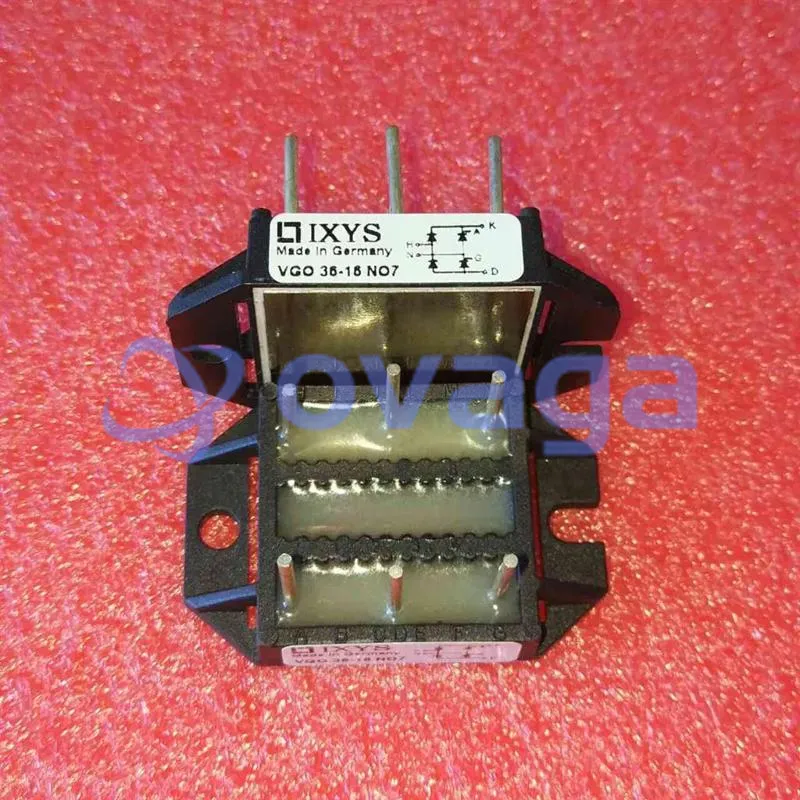
-
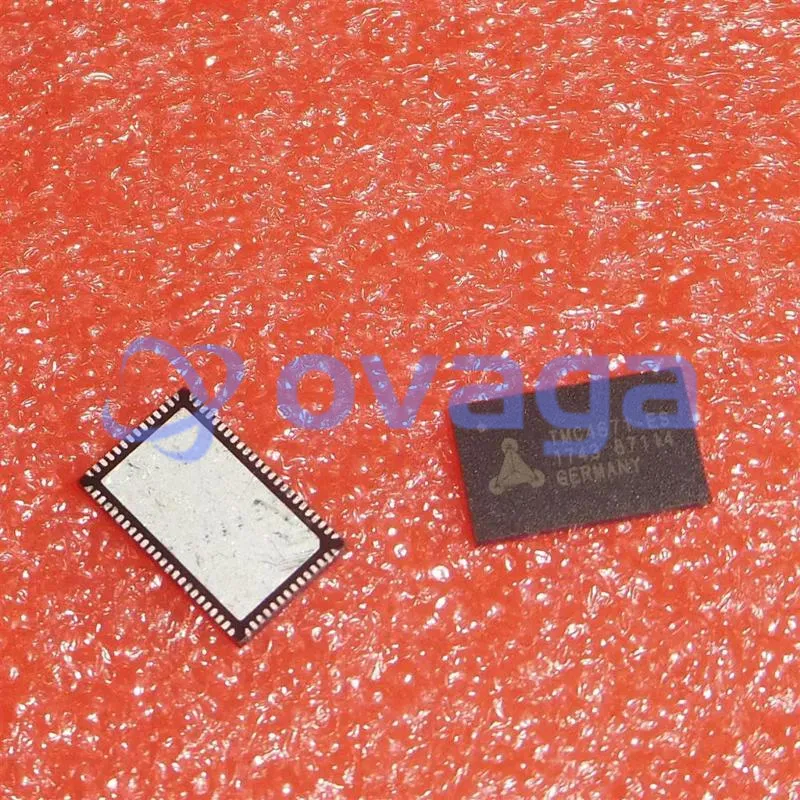
-
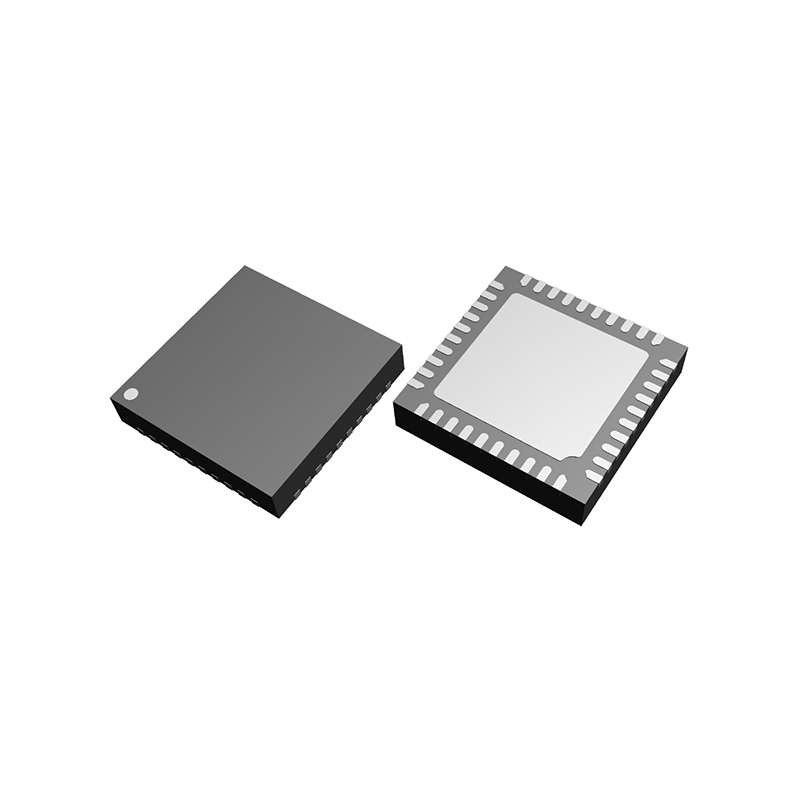
-
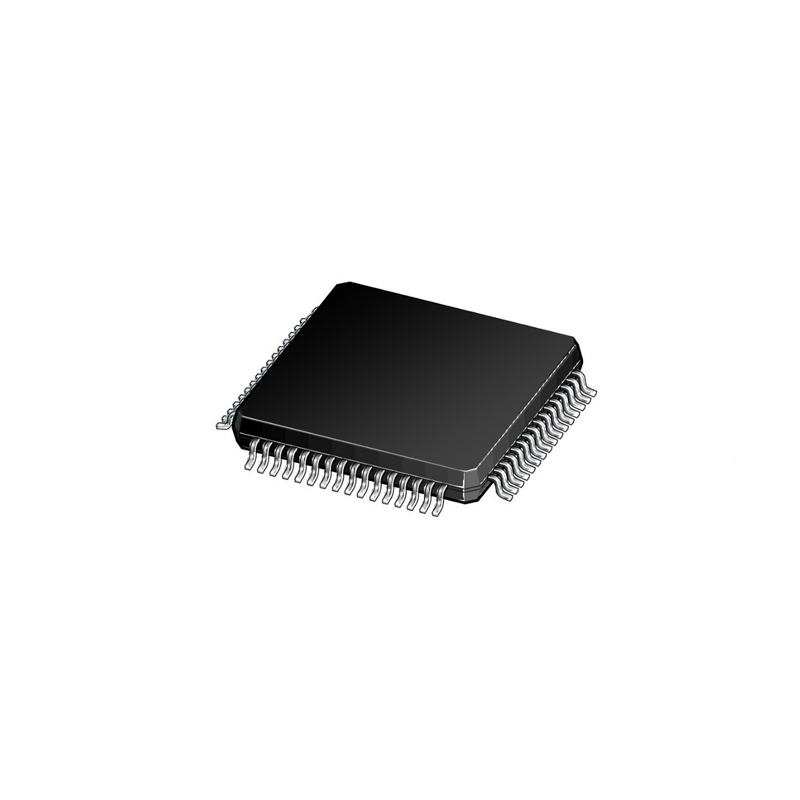
-
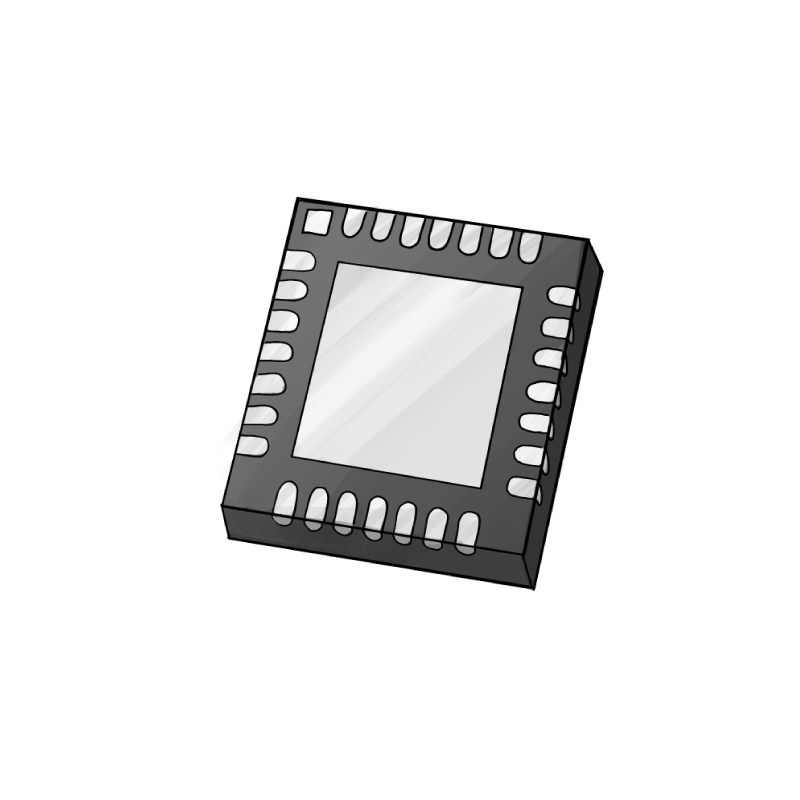
-
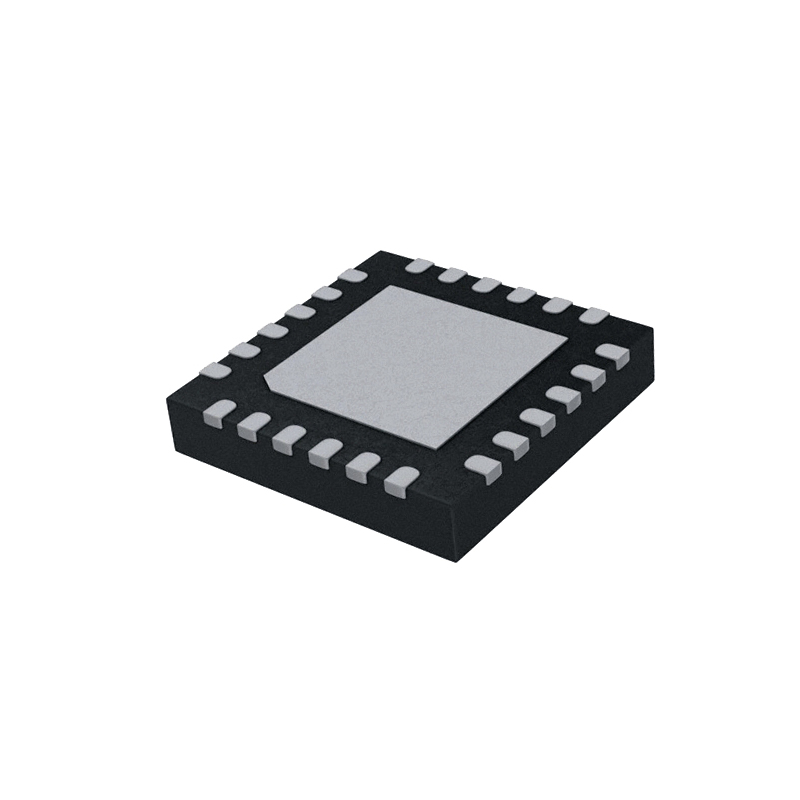
-

-
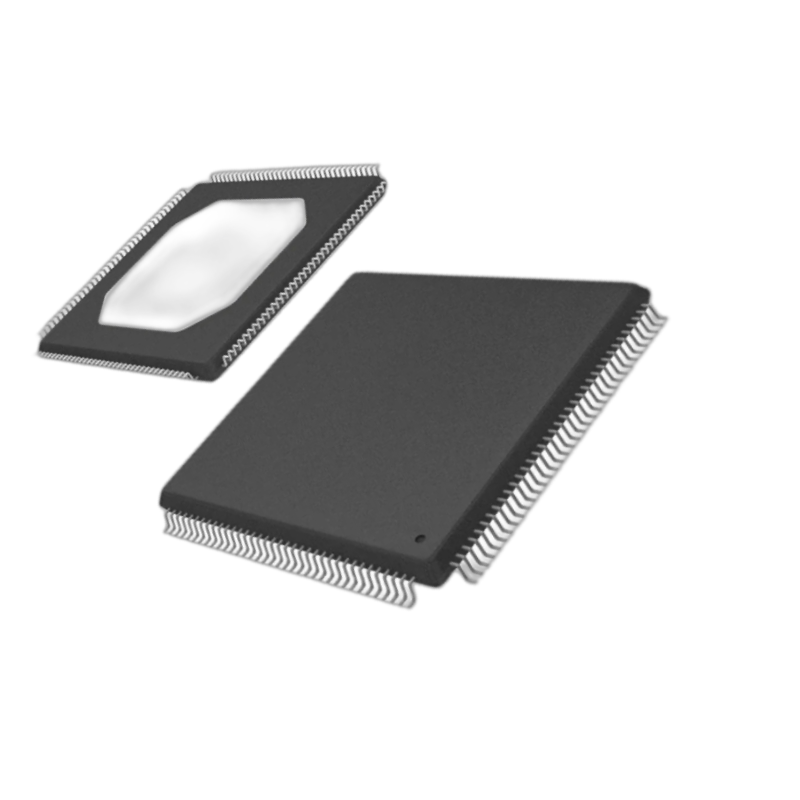
-
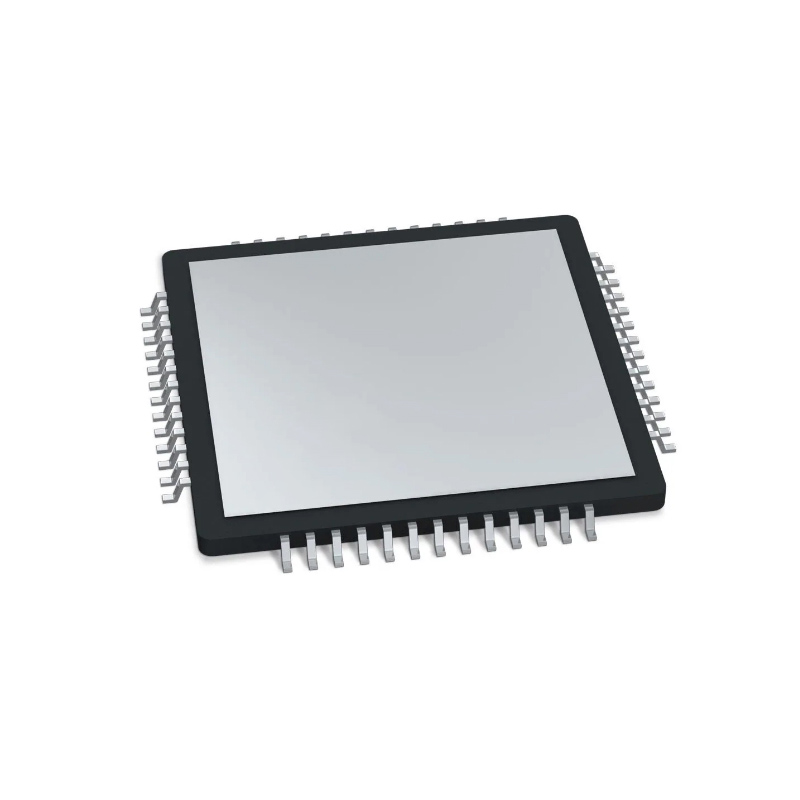
-









